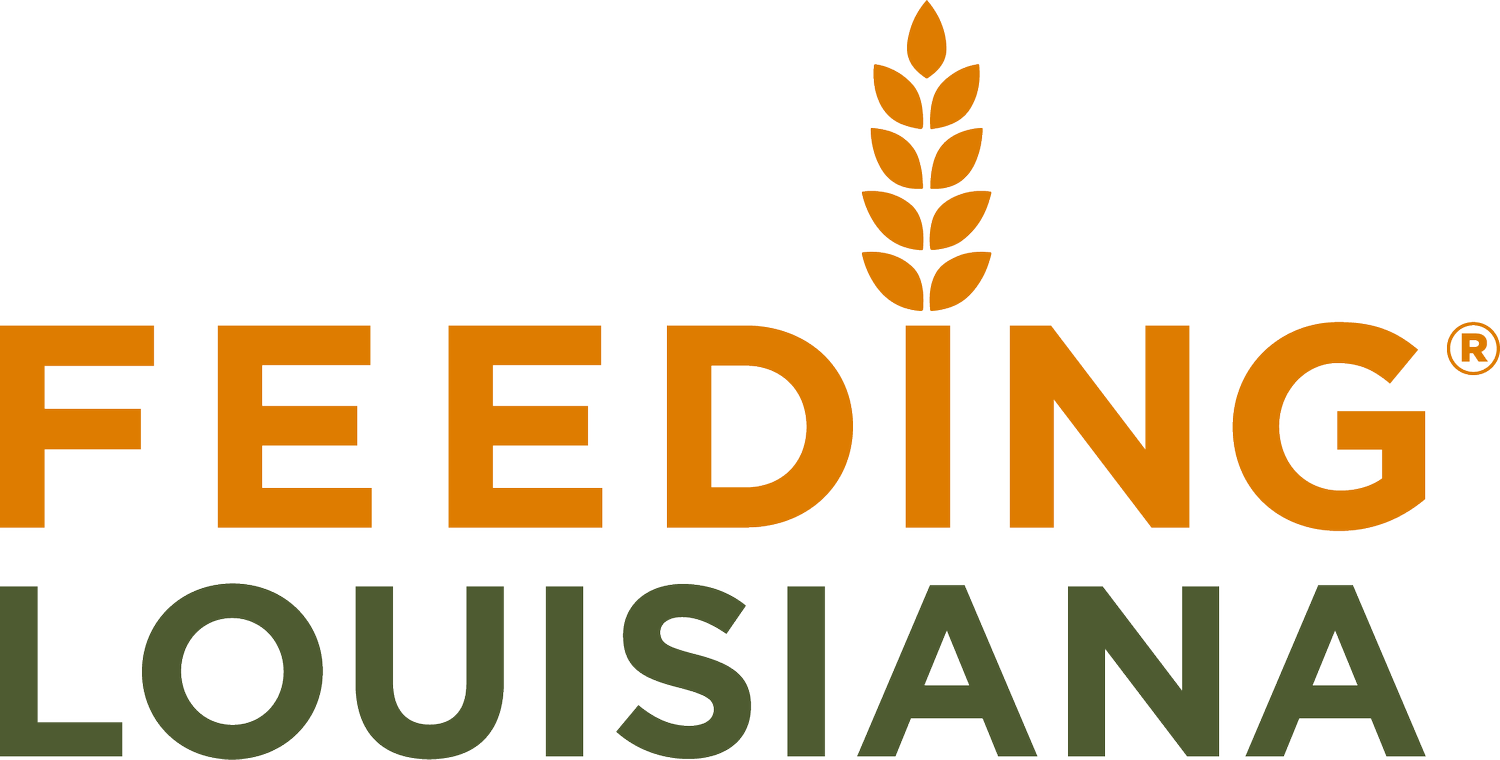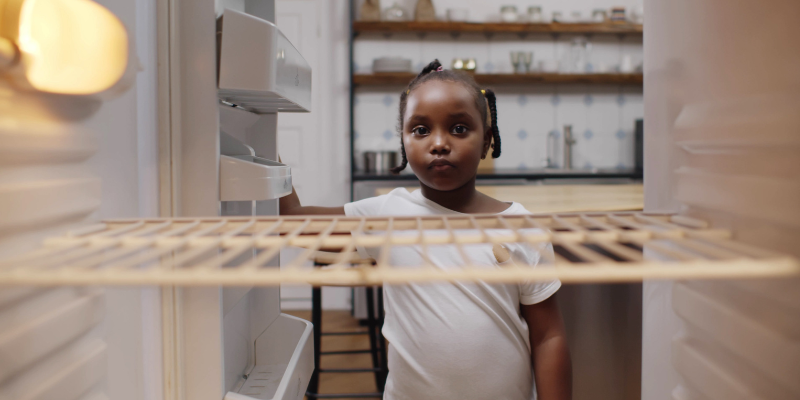SNAP in Louisiana: Clearing Up Misconceptions
At Feeding Louisiana, we know how essential programs like the Supplemental Nutrition Assistance Program (SNAP) are - not just for the individuals who rely on them, but for entire communities. But as national debates intensify and policy changes under the recently passed “One Big Beautiful Bill Act” unfold, misinformation about SNAP continues to spread.
Let’s set the record straight.
MYTH #1: A high SNAP error rate means there’s a lot of fraud.
FACT: The SNAP error rate doesn’t measure fraud. It measures administrative accuracy, such as income calculations, paperwork errors, and missed documentation.
In 2022, Louisiana’s payment error rate was just 6.62% compared to a national average of 11.68%. This means Louisiana has one of the lowest error rates in the country. These aren’t fraud statistics; they reflect how well the program is being managed.
This isn’t just a bureaucratic detail. It has major financial implications. Under the newly passed One Big Beautiful Bill (OBBB) Act, states with higher SNAP error rates will be required to cover more of the program’s cost, shifting what was once a fully federally funded benefit onto state budgets.
Because of Louisiana’s strong accuracy, the state is expected to face a 5% cost-share, starting in FY 2028, equivalent to an estimated $160 million per year. Had our error rate exceeded 8%, that obligation would have doubled to $320 million annually.
THANK YOU to DCFS!
We commend the Louisiana Department of Children and Family Services (DCFS) for its leadership and diligence in SNAP administration. Their attention to detail and commitment to accuracy has helped protect Louisiana families and taxpayers.
At a time when federal policy is pushing more financial responsibility onto the states, DCFS’s performance is helping Louisiana avoid deeper fiscal strain.
MYTH #2: People on SNAP don’t want to work.
FACT: Most SNAP recipients who can work already do, and many only rely on the program temporarily.
According to the USDA, over half of SNAP households with an able-bodied adult are employed while receiving benefits. Many others are between jobs, caring for children, or dealing with temporary setbacks.
In fact, most people leave SNAP within the first year. It’s a short-term support that helps families bridge the gap during tough times—just as it was designed to do.
In Louisiana, more than 800,000 people, including nearly 1 in 4 children, receive SNAP benefits. The program ensures families can keep food on the table while focusing on getting back on their feet.
MYTH #3: If I’m not on SNAP, it doesn’t affect me.
FACT: SNAP benefits everyone by strengthening local economies and keeping grocery stores and small businesses viable, especially in rural areas.
Every $1 in SNAP benefits generates up to $1.50 in local economic activity. In Louisiana, SNAP infused over $3.2 billion into the state economy in FY 2024. That money is spent in local grocery stores, corner shops, farmers markets, and food retailers, supporting jobs, stabilizing small businesses, and even helping keep food prices lower.
When SNAP is cut, it doesn't just hurt the families who rely on it. It ripples through the entire economy, leading to longer food bank lines, increased pressure on healthcare systems, and reduced revenue for local stores.
THE BOTTOM LINE
SNAP works. It’s efficient, effective, and essential for not only individuals and families but also Louisiana’s economic health.
As federal policy changes under the “One Big Beautiful Bill Act,” Louisiana will face new challenges. But thanks to the work of DCFS in keeping SNAP error rates low and the tremendous support of our statewide food bank network, we’re prepared to keep showing up for our neighbors every day.
Let’s keep the conversation grounded in facts, not fear. And let’s keep advocating for smart, compassionate policy that reflects the real needs and strengths of Louisiana.

